One Of Us provided 240 shots, while Untold supplied over 360 for Neil Gaiman adaptation
Untold and One Of Us have revealed their VFX work on Netflix’s The Sandman.
Originally a comic book series from Neil Gaiman, the author worked with fellow executive producers Allan Heinberg and David S. Goyer to bring it to the streaming platform. The Sandman, also known as Dream is a powerful cosmic being who controls all our dreams, and when he is unexpectedly captured and held prisoner for over a century, he must journey across different worlds and timelines to fix the chaos his absence has caused.
One Of Us, with a team of over 100 VFX artists led by VFX supervisor James Brennan-Craddock VFX producer Catherine Martin and 2D supervisor Nathan Remy, provided 240 VFX shots for the series. Its work concentrated on sequences in the first ten episodes of the series, when the barrier between dreams and the real world was breaking down.
Brennan-Craddock explained: “Keeping the balance between the fantasy of a dream and the visibility of the real world was tricky. The tower room ceiling sequence, for instance, was initially just going to be the ruins of a castle. The characters were in it surrounded by big stormy clouds above. We then had the smart idea of literally making the stone walls break down like a fabric of reality. So they started to react like cloth and tear and rip apart like cloth does. Therefore, we had the chance to make it look real, because at the same time we knew that was something that could never be real.”
Scenes the team worked on included the character Desire’s shiny red room, a sequence when a man dreams he is on a beach that turns into a desert, a snake, a feline tail, some beautiful countryside environments, a postmodern house design, and the character Corinthian - a major antagonist who has teeth for eyes.
“Throughout the course of the show, there were a lot of creative questions that the director wanted us to help figure out,” Brennan-Craddockadded. “There was a brief, of course, but it was very rarely an end goal. It was more ‘let’s see how it goes’ and we were given space to explore, and to take ideas to a more exciting end point.”
Meanwhile, Untold produced over 360 VFX shots for the series, across both the original ten episodes and the bonus entries, A Dream Of A Thousand Cats and Calliope. These included painterly 3D animated cats, to the engulfing hell portal scene from Episode 3 as well as ‘Fiddler’s Green’ which sees Stephen Fry transform into a forest and the mesmerizing, ‘Desire’s Threshold’ sequence.
Untold Studios executive producer Genevieve McMahon revealed: “Overall VFX Supervisor Ian Markiewicz was one of the most collaborative, encouraging and open-minded people to work with. There was a real sense of exploration and trust in the relationship so we had an unusual level of autonomy and dialogue on evolving the VFX for our sequences. He articulated the messages from the Showrunners very clearly in terms of the look and feeling they were after, but really left the door open enough for us to let our creative juices run.”
VFX supervisor James Hattsmith added: “Our work on The Sandman is incredibly diverse and each episode brought new and exciting challenges. The Source material is beloved and incredibly well realised, so, our main focus was always to do it justice, then bring it into the “real” world whilst balancing the feeling of the fantastical with maintaining tangibility. We had a lot of fun helping to develop the look and feel of some of the key moments from the show.”
A particularly interesting area was the animation of cats for the bonus story, A Dream Of A Thousand Cats, where the team moved away from the comic book’s feel. Untold animation supervisor Tim Van Hussen explained: “We worked closely with Director Hisko Hulsing to get the right level of detail in the cats’ fur, eyes and facial features. As all of our renders would be treated in a painterly way by the team at Submarine, the goal for us was to create the photoreal domestic cats from the comic, but then stylise the assets for optimised rotoscoping. We opted for a style of animation that didn’t break the rules of what real cats would or could do, for a more serious and gritty tone from the original comic.”


























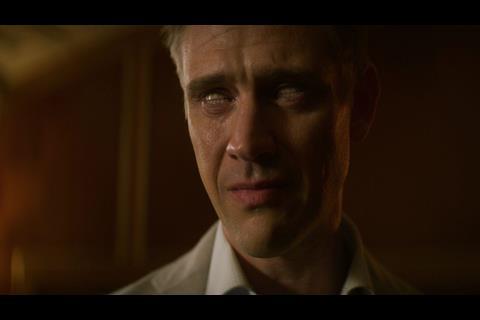
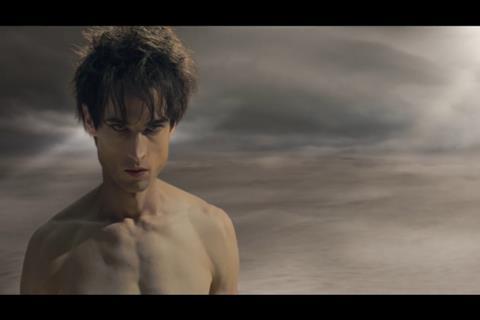
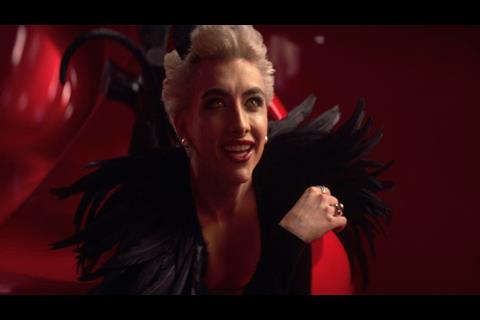
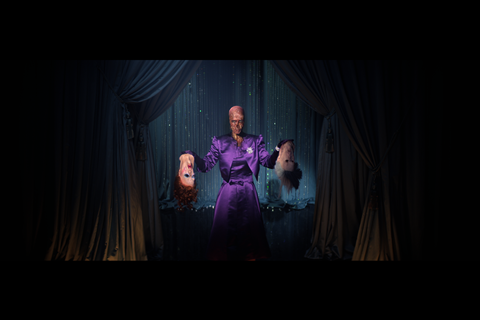
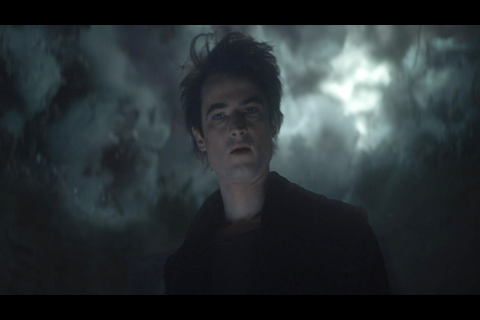
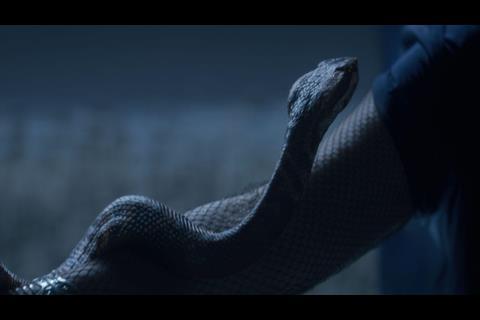
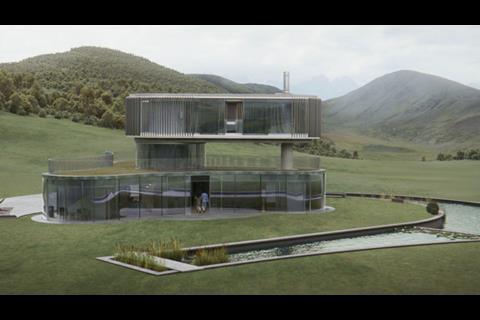






No comments yet